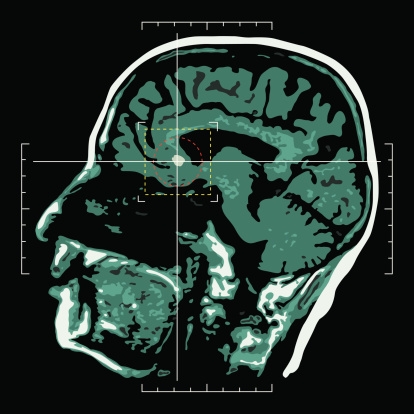Thoughts of a Bequest Gift Light Up the Brain!
A couple weeks ago, I attended the National Capital Gift Planning Council’s excellent Planned Giving Days 2013 Conference across the Potomac from Washington, DC. The opening session featured a fascinating presentation by Russell James, a professor in the Division of Personal Financial Planning at Texas Tech University. Professor James presented findings from his functional magnetic resonance imaging (fMRI) study of the brains of subjects who were asked questions related to making a charitable bequest, making a current gift, or volunteering. What he found is that two very specific areas of the brain tend to be more active when a person is considering a charitable bequest: the lingual gyrus and the precuneus.

The lingual gyrus is found in the visual area at the back of the brain and is associated with the ability to dream. The precuneus, also located toward the rear of the brain, but above the lingual gyrus, is associated with self-awareness. Professor James cited studies by others that have shown that these two areas light up when older adults are shown photos that allowed them to vividly relive past events or are induced to recall autobiographical personal events. He suggested that what’s happening here is “visualized autobiography,” a reliving of one’s own past.
In a second fMRI study, Professor James focused on differences in brain activity when subjects were asked about bequests to friends and family versus bequests to charity. In this case, he found that brain regions associated with emotion (mid/posterior cingulate cortex, insula) and memory (hippocampus) were more active when subjects considered bequests to friends and family than when they considered bequests to charity.
What can gift planners do with this information? Professor James suggested that when communicating with individual donors, gift planners should explore with them (i.e., remind them) how their life story, either directly or through friends or family, connects with the charity. More broadly, gift planners should create marketing materials that include stories where donors describe how their life story connects with the charity (an alumnus whose college education enabled a fulfilling career, a donor whose child was saved by the treatment provided by the hospital, etc.). Gift planners should also provide and promote opportunities for donors to make bequests in honor of others.
While these are not novel ideas, Professor James’ work reinforces in a rigorous way that these appeals that elicit and reinforce an emotional connection to your organization will indeed engage the brains of your donors more than other sorts of appeals are likely to.
Note: There was a lot more to Professor James’ presentation than just the fMRI studies described above. He presented additional data and study results to support other insights into bequest donor motivations and how gift planners might respond to them. I’ll write about them in a future blog.


Submit a Comment